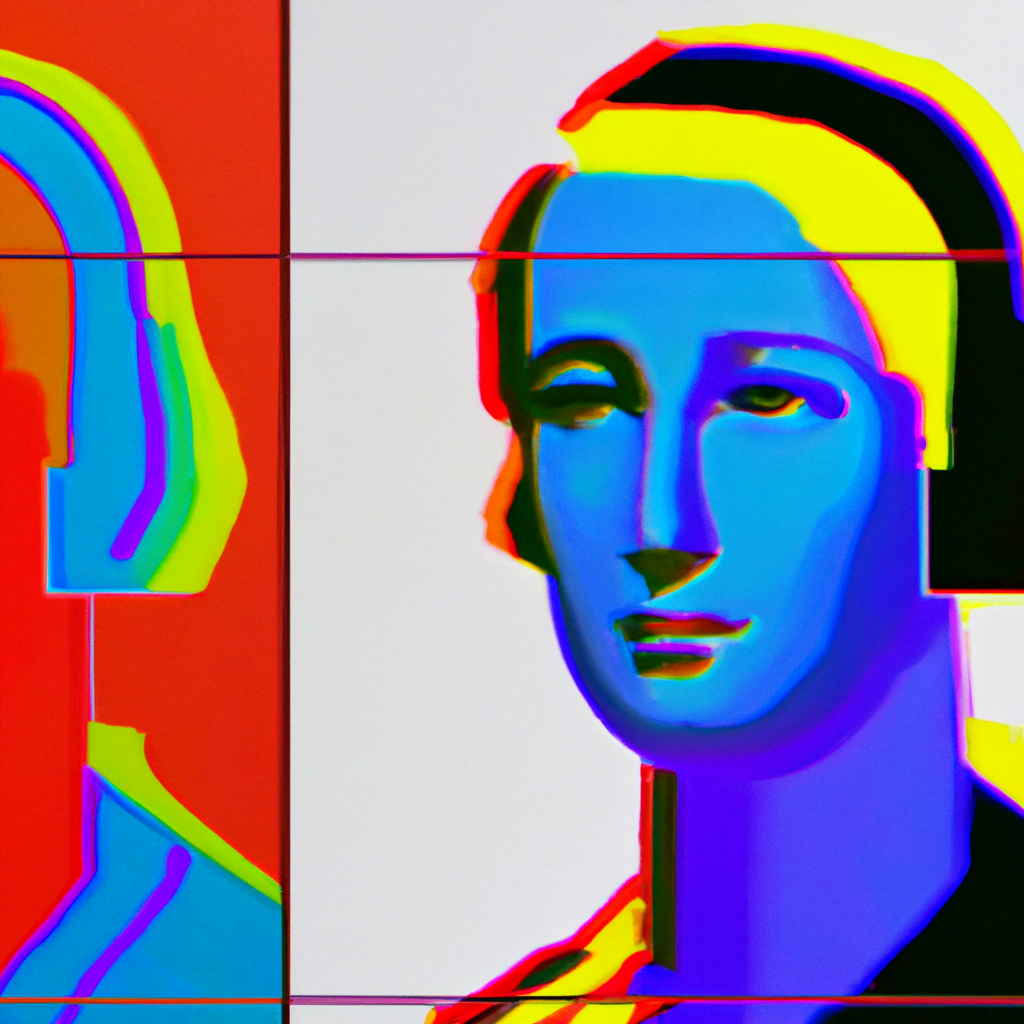
The Impact of AI in Designing for Accessibility

Accessibility is a fundamental aspect of design that ensures equal access and usability for all individuals, regardless of their abilities or disabilities. In recent years, artificial intelligence (AI) has emerged as a powerful tool in the field of design, revolutionizing the way designers approach accessibility. By leveraging AI technologies, designers can create more inclusive and accessible experiences for users with disabilities. This article explores the impact of AI in designing for accessibility, highlighting its benefits, challenges, and potential future developments.
1. Understanding Accessibility in Design
Before delving into the role of AI in designing for accessibility, it is crucial to understand the concept of accessibility in design. Accessibility refers to the practice of designing products, services, and environments that can be used by individuals with disabilities. It aims to remove barriers and provide equal opportunities for people with diverse abilities to access and interact with digital and physical spaces.
Designing for accessibility involves considering various disabilities, including visual, auditory, cognitive, and motor impairments. It requires designers to create interfaces, products, and experiences that are perceivable, operable, understandable, and robust for all users.
2. The Role of AI in Designing for Accessibility
AI technologies have the potential to significantly enhance the accessibility of digital products and services. By leveraging machine learning algorithms and natural language processing, AI can analyze and interpret user behavior, preferences, and needs. This enables designers to create personalized and adaptive experiences that cater to individual accessibility requirements.
2.1 Personalized User Interfaces
AI can analyze user data and adapt interfaces to meet individual accessibility needs. For example, AI-powered systems can adjust font sizes, color contrasts, and layout structures based on a user’s visual impairment. By personalizing the user interface, AI ensures that individuals with different disabilities can access and interact with digital content more effectively.
2.2 Voice Recognition and Natural Language Processing
Voice recognition and natural language processing are key AI technologies that have transformed accessibility for individuals with motor impairments or limited dexterity. AI-powered voice assistants, such as Amazon’s Alexa or Apple’s Siri, enable users to control devices, access information, and perform tasks through voice commands. This technology empowers individuals with disabilities to navigate digital interfaces and interact with technology more seamlessly.
2.3 Automated Captioning and Transcription
AI algorithms can automatically generate captions and transcriptions for audio and video content, making it accessible to individuals with hearing impairments. By leveraging speech recognition and language processing, AI can accurately convert spoken words into text, ensuring that individuals with hearing disabilities can access and understand multimedia content.
3. Benefits of AI in Designing for Accessibility
The integration of AI in designing for accessibility offers numerous benefits for both designers and users. Some of the key advantages include:
- Improved user experience for individuals with disabilities
- Efficient and cost-effective accessibility solutions
- Personalized and adaptive interfaces
- Enhanced productivity and independence for users
- Increased accessibility awareness among designers
By leveraging AI technologies, designers can create inclusive experiences that cater to the unique needs of individuals with disabilities. This not only improves the overall user experience but also promotes a more inclusive and accessible digital landscape.
4. Challenges and Limitations
While AI presents significant opportunities for designing for accessibility, it also comes with its own set of challenges and limitations. Some of the key challenges include:
- Lack of diverse training data: AI algorithms heavily rely on training data to make accurate predictions and decisions. However, if the training data is not diverse and representative of individuals with disabilities, the AI system may not effectively address their specific needs.
- Privacy and ethical concerns: AI technologies often collect and analyze user data to personalize experiences. However, this raises concerns about privacy, data security, and potential biases in decision-making processes.
- Technical limitations: AI systems may not always be able to accurately interpret complex accessibility requirements or adapt to rapidly changing user needs. Designers need to carefully consider the limitations of AI technologies and ensure human oversight to avoid potential pitfalls.
5. Future Developments and Possibilities
The field of AI in designing for accessibility is rapidly evolving, and there are several exciting possibilities for the future. Some potential developments include:
- Improved accuracy and reliability of AI algorithms in understanding and addressing accessibility needs
- Integration of AI with virtual reality (VR) and augmented reality (AR) technologies to create immersive and accessible experiences
- AI-powered assistive technologies that can provide real-time feedback and guidance to individuals with disabilities
- Collaborative AI systems that involve users with disabilities in the design process, ensuring their needs are accurately represented
As AI continues to advance, it holds immense potential to revolutionize the field of accessibility and create a more inclusive digital landscape for individuals with disabilities.
6. Conclusion
The integration of AI in designing for accessibility has the power to transform the way individuals with disabilities interact with digital products and services. By leveraging AI technologies, designers can create personalized, adaptive, and inclusive experiences that cater to diverse accessibility needs. However, it is crucial to address the challenges and limitations associated with AI and ensure that human oversight and ethical considerations are in place. As AI continues to evolve, it is essential for designers to stay informed about the latest developments and leverage AI to create a more accessible and inclusive future.
